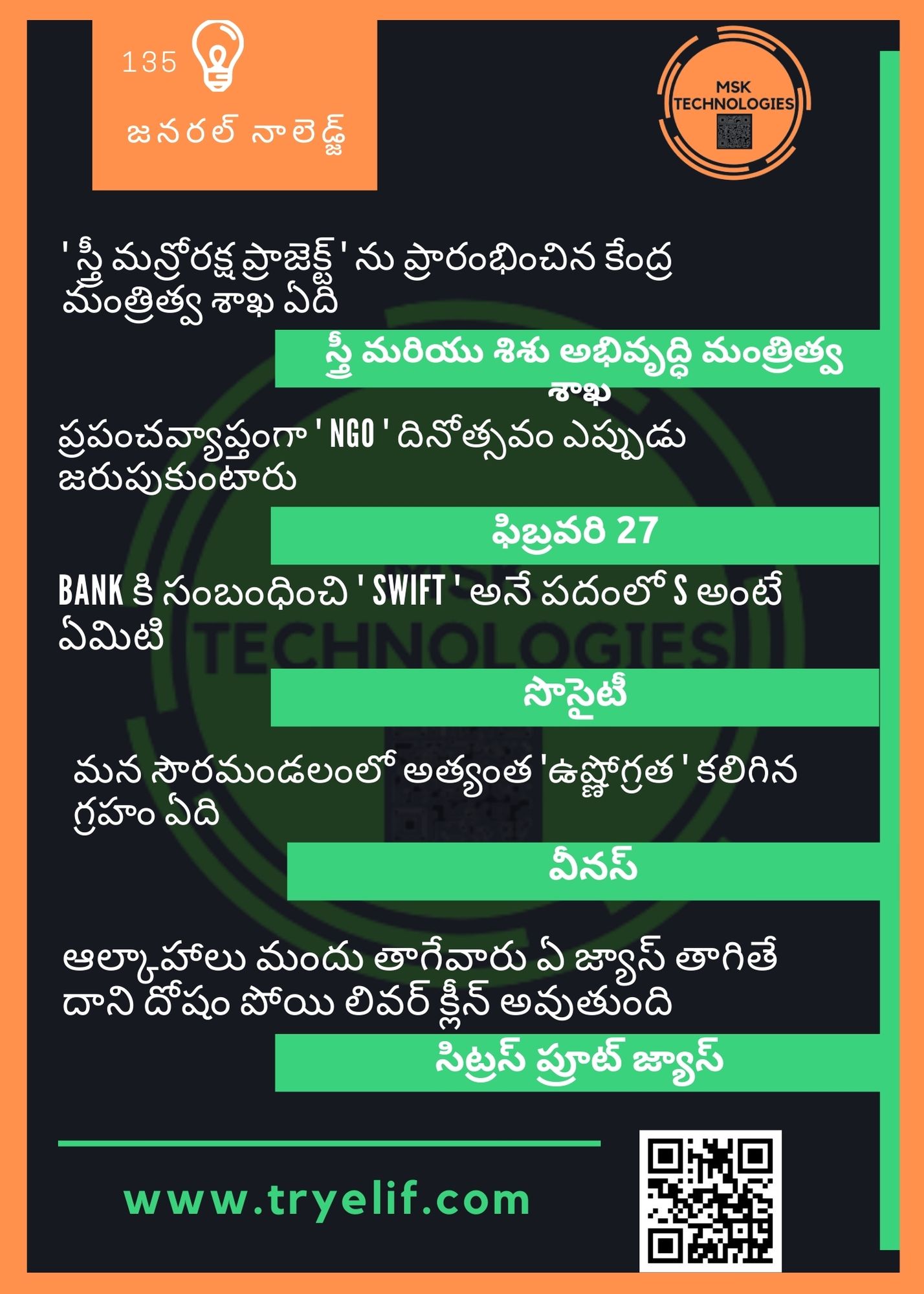 .Net Online Training In Andhra Pradesh and Telangana
.Net Online Training In Andhra Pradesh and Telangana  9010519704
9010519704
Opening Hours :7AM to 9PM

Components of .NET Framework
1. Components of .NET Framework
2. FCL (.NET Framework Class Library)
3. CLR (Common Language Runtime)
Components of .NET Framework
The .NET Framework is simply a collection of two components.
1. FCL (.NET Framework Class Library)
2. CLR (Common Language Runtime)
You can see the .NET Framework Architecture in the following diagram.

The .NET Framework class library contains the necessary library classes that are needed for development of different types of .NET applications like Console applications, Windows applications, Windows services, ASP.NET Web sites, ASP.NET Web Services, Windows Communication Foundation (WCF) applications and Windows Presentation Foundation (WPF) applications.
The library’s classes are organized using a hierarchy of namespaces.
A namespace is nothing but a collection of classes.
For example, all the classes for performing I/O operations are located in the System.IO namespace.
2. Common Language Run Time (CLR)
The Common Language Runtime (CLR) is the agent that manages your .NET applications at execution time. In other words, CLR is the completely responsible component of .NET Framework that is responsible to manage the .NET applications at run time.
In other words, The Common Language Runtime (CLR) is the virtual machine in the .NET Framework.
It provides core services such as memory management, thread management, exception handling, security and resource management.
A .NET application is compiled into a “bytecode” format known as MSIL (Microsoft Intermediate Language). The MSIL bytecode allows .NET applications to be portable (at least theoretically) to other platforms because the application is compiled to native code only during runtime.
During execution, the CLR’s JIT (just - in - time) compiles the bytecode into the processor’s native code and executes the application.
Assemblies and Microsoft Intermediate Language (MSIL)
In .NET, when an application is compiled, into a bytecode called MSIL. That MSIL code is stored in an assembly. The assembly is contained in one or more PE (portable executable) files and may end with an EXE or DLL extension. The assembly contents are:
Byte code — The code in MSIL language.
Security Information — Information about the users / user types, who can access the assembly.
Manifest — Information about the assembly, such as identification, name, version, and so on.
Versioning — The version number of an assembly.
Metadata — Information that describes the types and methods of the assembly.
Types of Assemblies
Private Assemblies: The private assemblies are simple types. An assembly that can be used only within a software application is called as “Private assembly”.
Shared Assemblies: An assembly that can be used by one or more software applications is called as “Shared Assemblies”.
Example:
To get a better idea of a MSIL file and its content, take a look at the following example, which has two console applications. One is written in C# and the other is written in VB.NET.
The following C# code displays the “Hello, World” message in the console window:
using System;
using System.Collections.Generic;
using System.Linq;
using System.Text;
namespace HelloWorldCS
{
class Program
{
static void Main(string[] args)
{
Console.WriteLine(“Hello, World!”);
Console.ReadLine();
}
}
}
The following VB.NET code displays the “Hello, World” message in the console window:Module Module1 Sub Main() Console.WriteLine(“Hello, World!”) Console.ReadLine() End Sub End ModuleThe Main method of the C# MSIL looks like this:
.method private hidebysig static void Main(string[] args) cil managed
{
.entrypoint
// Code size 19 (0x13)
.maxstack 8
IL_0000: nop
IL_0001: ldstr “Hello, World!”
IL_0006: call void [mscorlib]System.Console::WriteLine(string)
IL_000b: nop
IL_000c: call string [mscorlib]System.Console::ReadLine()
IL_0011: pop
IL_0012: ret
} // end of method Program::Main
The Main method of the VB.NET MSIL looks like this:
.method public static void Main() cil managed
{
.entrypoint
.custom instance void [mscorlib]System.STAThreadAttribute::.ctor() = ( 01 00 00 00 )
// Code size 20 (0x14)
.maxstack 8
IL_0000: nop
IL_0001: ldstr “Hello, World!”
IL_0006: call void [mscorlib]System.Console::WriteLine(string)
IL_000b: nop
IL_000c: call string [mscorlib]System.Console::ReadLine()
IL_0011: pop
IL_0012: nop
IL_0013: ret
} // end of method Module1::Main
Conclusion: The Main method of the VB.NET MSIL looks very similar to that of the C#.NET’s MSIL program.
The important thing to note here is that regardless of the language you use to develop your .NET applications, all .NET applications are compiled to the MSIL bytecode as this example shows.Note: MSIL can also be called as IL (Intermediate Language) and CIL (Common Intermediate Language).



